How Long Before Baby Chickens Start Laying Eggs
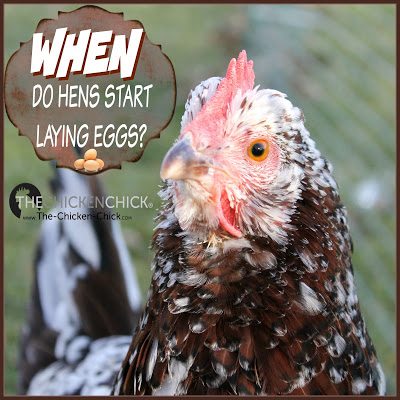
Westwardchapeau to expect when you are expecting that first egg! It's understandable that a first-time chicken-keeper may be anxious to know when they can wait to see the first egg in the nest box from their new flock. Here are general guidelines for what to picket for and how to assistance fix a chicken to lay her first egg.

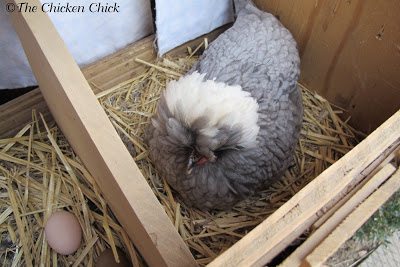
WHEN Will SHE LAY HER FIRST EGG?
The age at which a pullet lays her first egg is called the "point of lay" and information technology is controlled by many factors. Hormones, breed, health, lighting conditions, extreme temperatures, stress and diet all play a role. I know, I know. You merely heard "blah, blah, blah, apathetic apathetic," only what is the answer? In very general terms, most pullets lay their start eggs between v and six months old. Still, there is a wide range of normal. My Silkie, Freida, didn't lay her first egg until she was 14 months quondam, which is on the super-late side of normal, but non unheard of either.
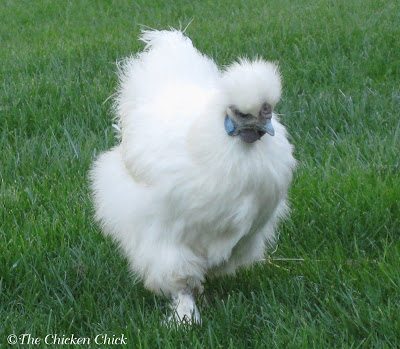
Assist 'EM OUT
1. FEED THEM PROPERLY
Laying hens should be fed layer ration no earlier than 18 weeks of age. Layer ration contains less protein than starter/grower feeds and it contains added calcium needed to produce quality eggshells. Pullets younger than 18 weeks should not be fed layer ration due to the calcium content- it can crusade kidney harm and gout, which may not be immediately apparent, only will affect the health and lifespan of the hen.
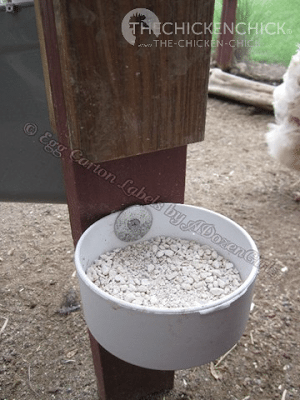
2. PROVIDE ACCESS TO CLEAN, FRESH WATER ALWAYS
An egg consists of approximately 75% h2o and without access to a regular, clean supply of water, a hen volition be physically unable to produce eggs
iii. PROVIDE ACCESS TO SUPPLEMENTAL CALCIUM
While layer feed contains calcium, an supplemental source of calcium in the form of oyster shells should be fabricated available to hens at 18 weeks old in a separate dish, apart from the feed. All laying hens have different calcium requirements and will consume as much calcium as they need. Oyster shells should never be added directly to the feed because excess calcium tin can be harmful to the health of hens not requiring supplemental calcium. Hens deprived of adequate amounts of dietary calcium volition begin utilizing the calcium stored within their own bones to produce eggshells, to the detriment of their health. Eggshells alone are not an adequate source of calcium. Larn why in this article
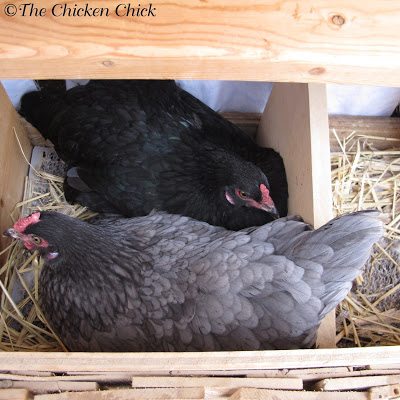
4. SET THE MOOD
One nest box should be available for every four layers in the flock. They may cull to share nest boxes, simply forcing them to share is a recipe for broken eggs, egg-eating, stress and a reduced egg product. Place nest box material such as nest pads and liners in the nests with or without chopped harbinger or pine shavings on top to break the fall of the egg from the hen. Place a golf game brawl, wooden egg or whatsoever other type of hard simulated egg in the nest boxes. Hens similar to lay eggs where others have laid theirs and the faux eggs can increase the ability of proffer for newbies.
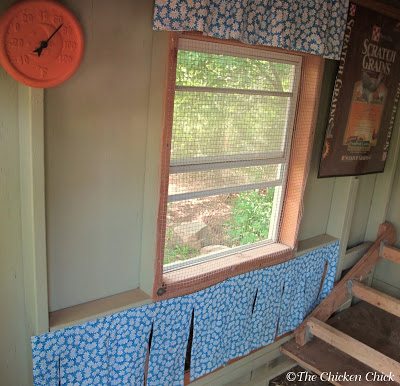
5. Go far WELCOMING
Hens prefer to lay their eggs in a quiet,dark, individual identify. Consider nest box curtains, particularly if the location of the nest boxes is well-lit.
6. MINIMIZE STRESS
Limit activity in and around the coop in the forenoon. Reserve coop-cleaning chores until later in the twenty-four hour period, keep small children from engaging them in any way and ensure their living surroundings is spacious, clean, pest-free and predator-complimentary.
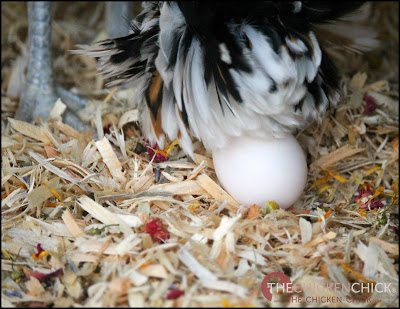
I add Spruce the Coop Herbal Fusion® nest box herbs to my nest boxes; I capeesh the scent in the coop, but the aromatherapy benefits are primarily for my benefit, not my flock's.
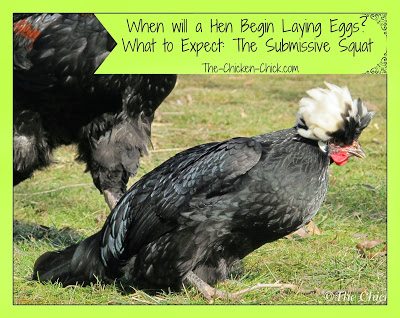
SIGNS OF READINESS
Pullets provide a few physical clues when they are budgeted the point of lay.
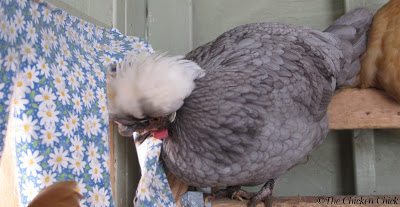
1. NEST BOX EXPLORATION
They may be seen exploring the nest boxes, walking in and out, rearranging the nesting material and practice sitting in them.
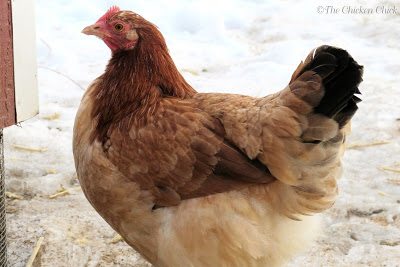
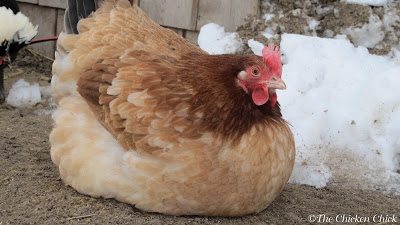
2. COMB & WATTLE CHANGES
Combs and wattles will begin to darken and redden.
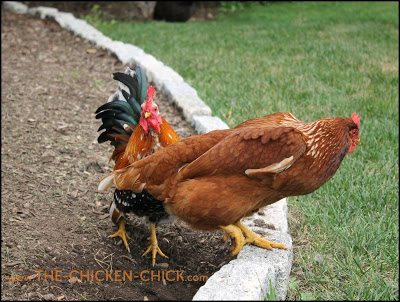
3. THE SUBMISSIVE SQUAT
This gesture is the near telling of all physical signs that indicates that a egg can be expected within a week or so! The submissive squat is the term I coined to describe the deferential posture assumed by a hen when approached by a rooster for mating. She crouches downward, spreads her wings to the side for remainder and lowers her tail for the rooster to "tread" her (or hop on her back and practise his thang). She may also display the submissive squat when approached by a person, particularly when a hand is extended to pet her. The gesture does not indicate that she wants you to pet her or that she wants you to pick her up. Learn all about chicken mating Here !

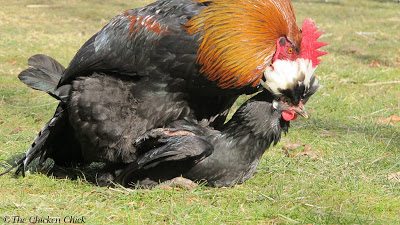
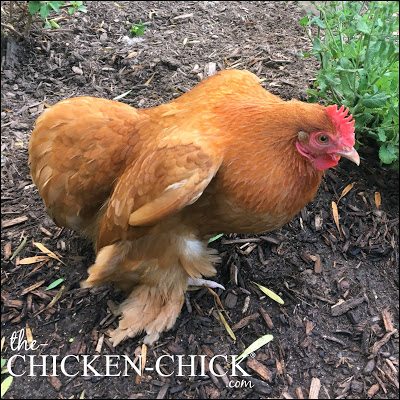
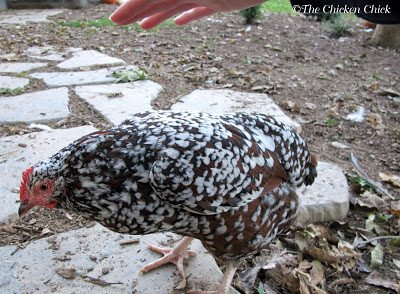
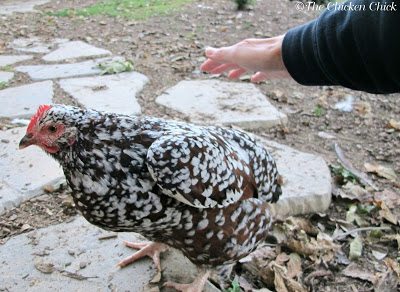
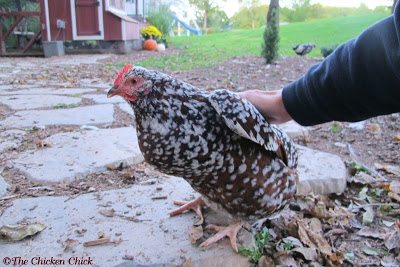
Within 24 hours of publishing this article, my Buff Orpington pullet laid her first egg! It never gets any less heady!
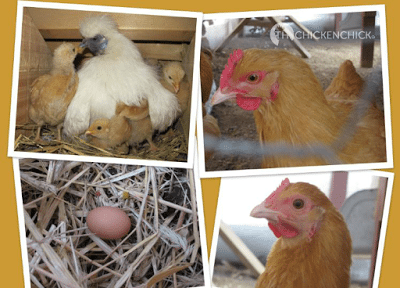
The pullet on the peak, with the darker, larger comb and wattles laid this tiny egg today. They were all hatched at the same time and raised by my Silkie hen (top, left photo) so I expect the pullet with the smaller, lighter red comb and wattles volition join Squad Egg-layer before long!
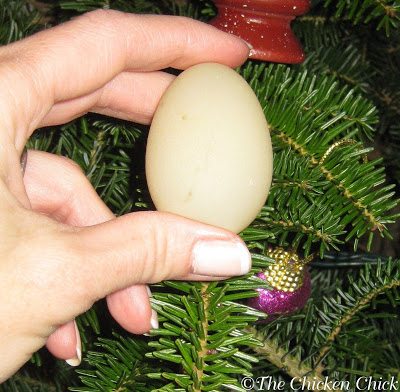
A pullet'southward starting time egg is not always picture-perfect. It volition ordinarily be quite small-scale, but subsequent eggs will soon reach "normal" size for her. It can take some time before her reproductive arrangement is working like a well-oiled machine and new layers are capable of some funky looking creations, but soon, she'll be an egg-laying master. To learn more about how a hen makes and egg and why some eggs are odd, read my weblog article here.
This was the first egg from my Easter Egger, Ethel. It was a "rubber egg," which can be completely normal for new layers.
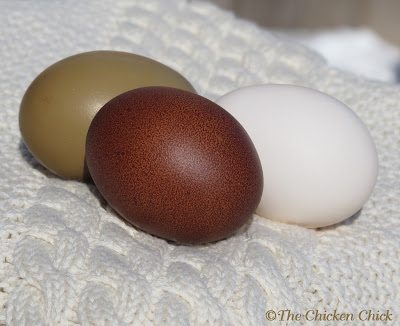

You May Also Like
Source: https://the-chicken-chick.com/when-will-hen-begin-laying-eggs-what-to/
0 Response to "How Long Before Baby Chickens Start Laying Eggs"
ارسال یک نظر